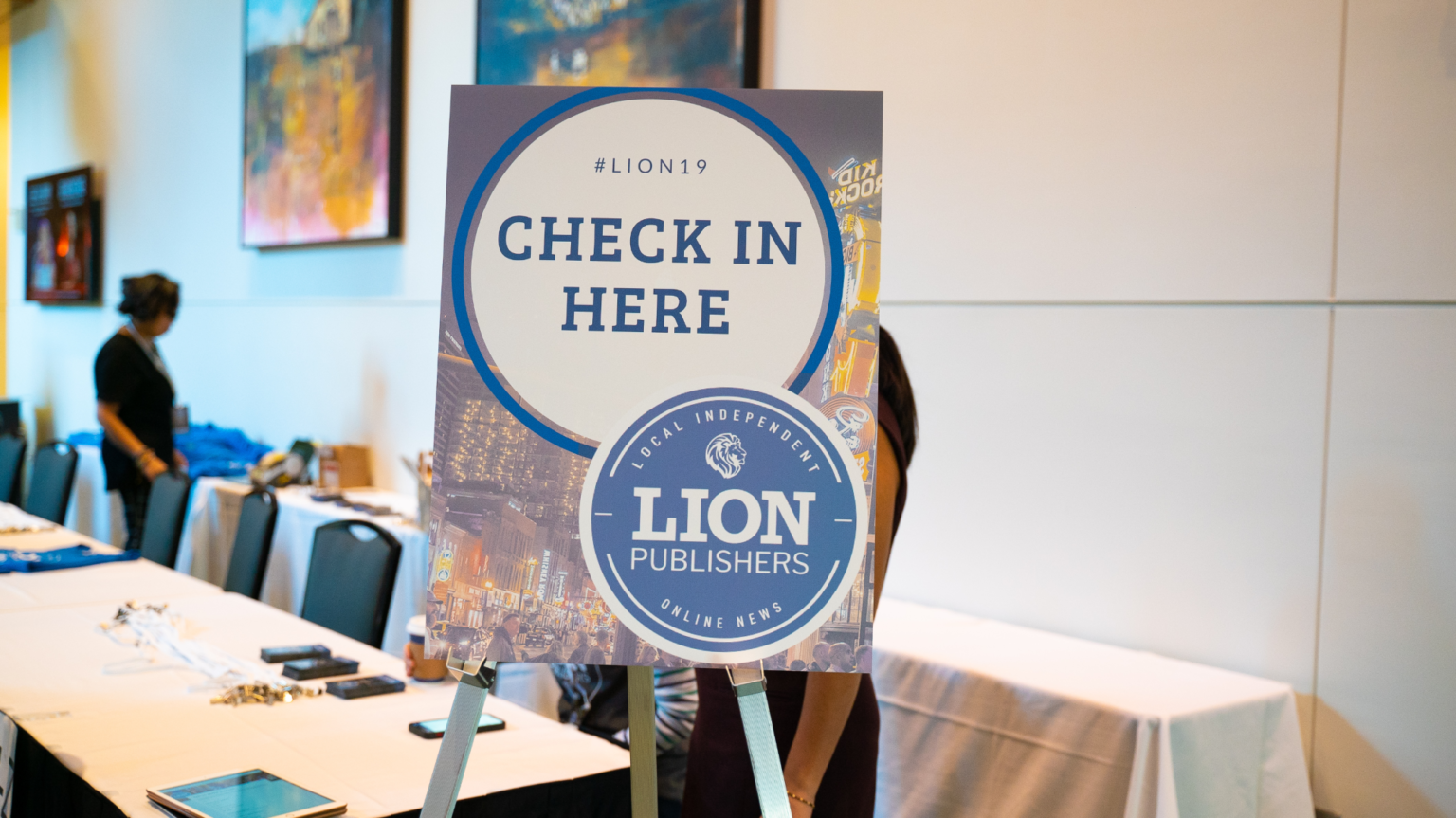How to grow your news outlet with communities of color
By Kara Meyberg Guzman Newsrooms across the country are trying to figure out how to reach communities of color. The

By Kara Meyberg Guzman
Newsrooms across the country are trying to figure out how to reach communities of color. The first step for those newsrooms is to figure out why, and be clear, says Manolia Charlotin, a panelist at the LION Summit 2019 session “Beyond Diversity: Grow Your Business with Communities of Color.”
“Sometimes what I find is, my white colleagues forget that people of color are just people. You know what I mean?” said Charlotin, who is the cofounder and co-director of Press On where she trains newsrooms on serving marginalized or underrepresented communities. “And the fear of saying the wrong thing or being the only white person at the quinceanera or showing up to the Korean barbecue and being like, uh … You know, the fear.”
Charlotin said she can understand why some publishers who aren’t from a specific community get nervous about focusing on that community. “Sometimes you don’t want people to feel like you’re just coming in to get their business. But actually, folks do want you. They want you to court them.”
That’s why publishers need to get over their fear and be clear about what their goal is in reaching that community. “If your goal is to expand your audience, expand the market, then you have to go to where people are at, in a collaborative, respectful way,” she said.
Charlotin had other tips for independent online news publishers:
- Build trust with communities of color by building relationships, not transactions. Find out how you can meet their needs.
- Collaborate with publishers who already serve the community, and chase resources together. Leverage any privilege you may have to support the community. “See yourself as an agent that has access to something that they don’t have access to,” Charlotin said. “Too frequently we see our differences as negatives rather than opportunities to collaborate.”
- Choose event locations wisely. Sometimes where you decide to have a meeting dictates who will show up.
Another panelist was Cierra Hinton, executive director and publisher of Scalawag, a magazine serving the American South.
Before Hinton took the helm a year ago, Scalawag’s leadership was all white and its readership was 86 percent white despite serving a diverse region, Hinton said.
She shared examples of what the magazine has done since to reach more communities of color.
- Have a person of color in leadership.
- Shift from subscriptions to memberships, a business model that looks to the community to drive the organization and the stories. Members get a relationship, not just a magazine. “Communities of color are generally collectivist in nature,” Hinton said. “We depend on trust and reciprocal relationships to survive.”
- Start hosting events. It allows people to see who is running the organization and members get to know the staff and its mission. Hinton said when people attend Scalawag’s events, they see a team that is black, queer and exclusively women. “That, in and of itself, tells them that this may be an organization that they can trust because there are people who look like them who are leading it.”
- Pay attention to details, like the magazine’s color scheme and the conversational voice of the stories. It should clue communities of color that the magazine is for and by them.
Lisa Snowden-McCray, editor of Baltimore Beat, also shared examples of what her news outlet does to reach communities of color.
- Baltimore Beat works with city schools to run a poetry class and publishes their poems on the site. Snowden-McCray said that students of color need to know that there’s a path to where she is. Building that pipeline for people of color in journalism is the only way to sustain diversity in the field, she said.
- If your outlet is overwhelmingly white and you’re hiring people of color, make sure they have the agency to speak up when something is wrong. It can be difficult to disagree if you’re the only minority on staff, Snowden-McCray said.
Information about the panelists and their work can be found in the LION Summit 2019 guidebook.
Kara Meyberg Guzman is a co-founder of Santa Cruz Local, a news podcast, newsletter and website in California. Before starting the company, she was the first woman and first person of color to serve as the top editor at the Santa Cruz Sentinel, Santa Cruz County’s newspaper of record.
Sign up for the weekly newsletter
Join the LION mailing list to get our weekly roundup of opportunities and resources for news entrepreneurs. View our most recent issues.
Related Articles
LION members now have free access to new AI-powered tools from Rolli
These tools can help members track disinformation, find experts, meet deadlines, and more.
How our 2024 member survey is informing programming and benefits
We’re prioritizing more opportunities for members to network and learn.
10 things I’ve learned about independent publishing since launching Billy Penn in 2014
Some of the challenges LIONs face are the same, but the landscape looks very different a decade later.
